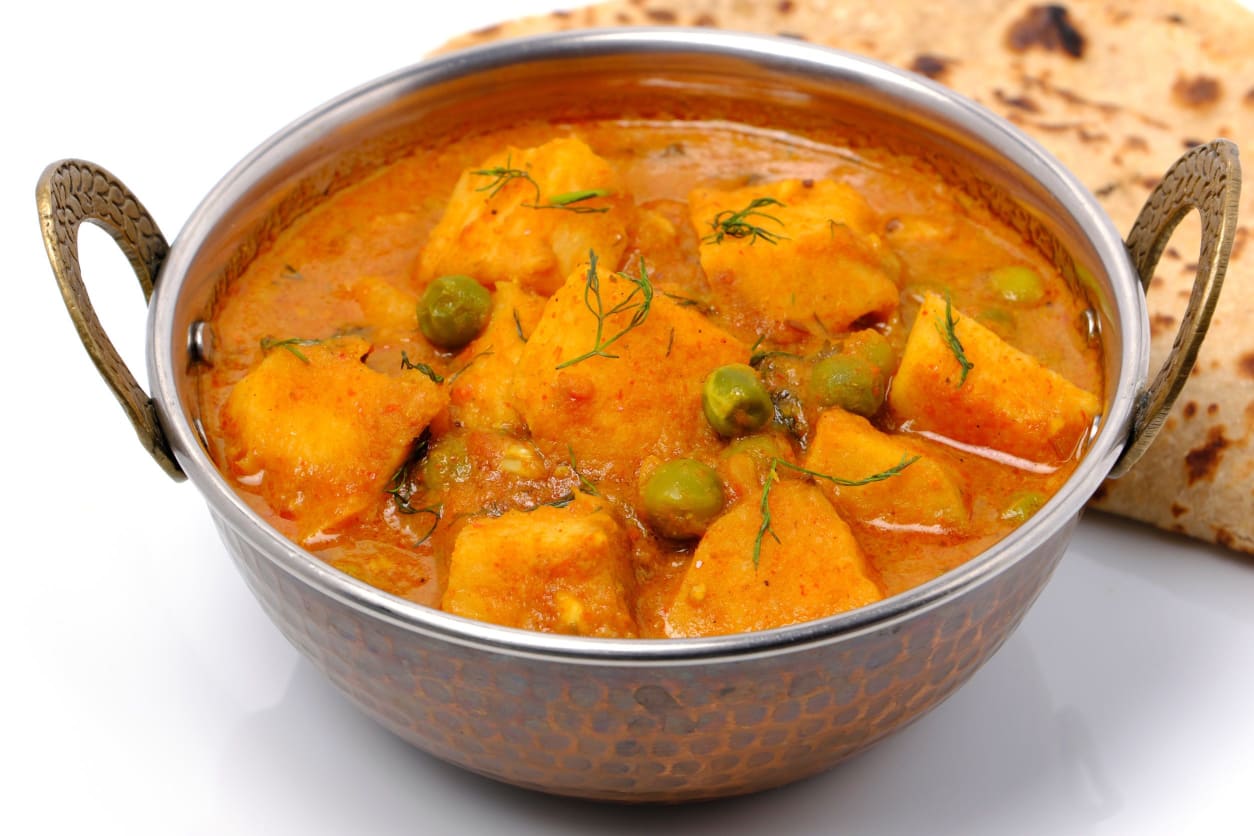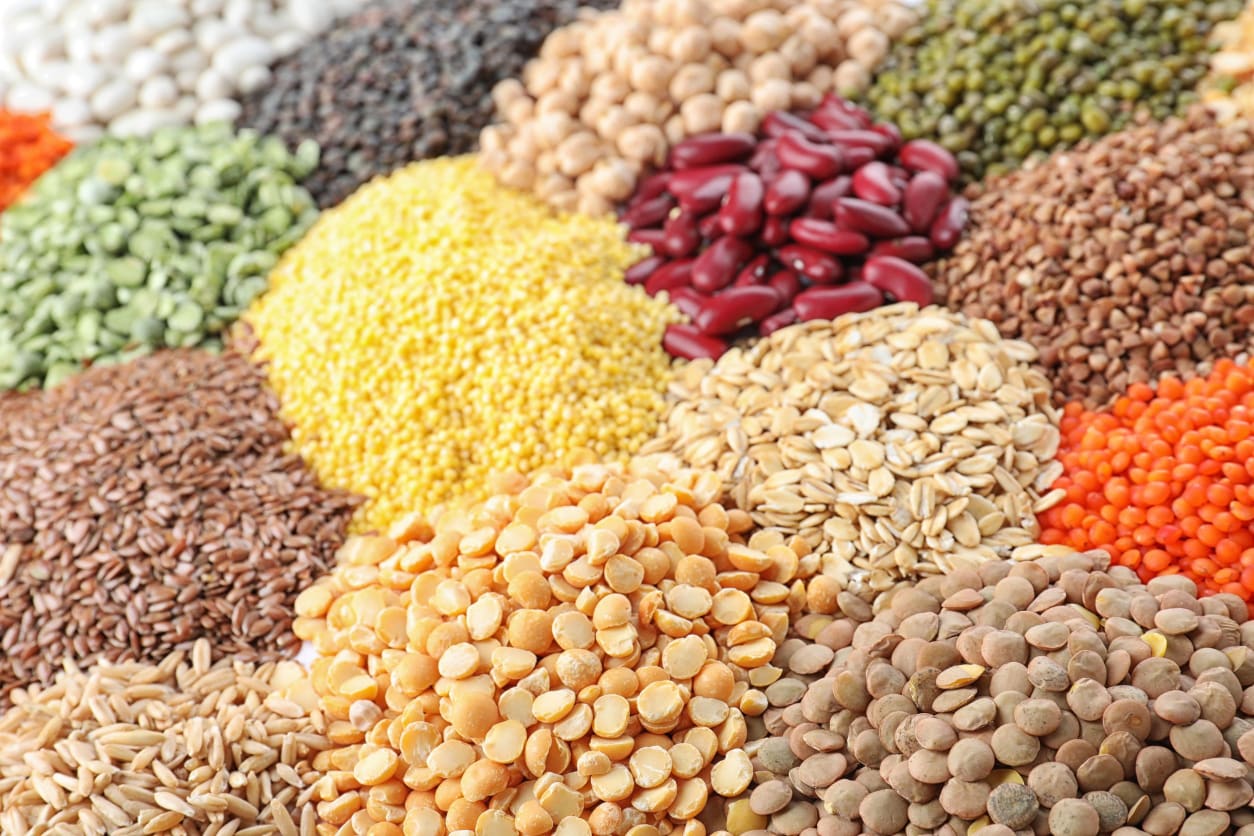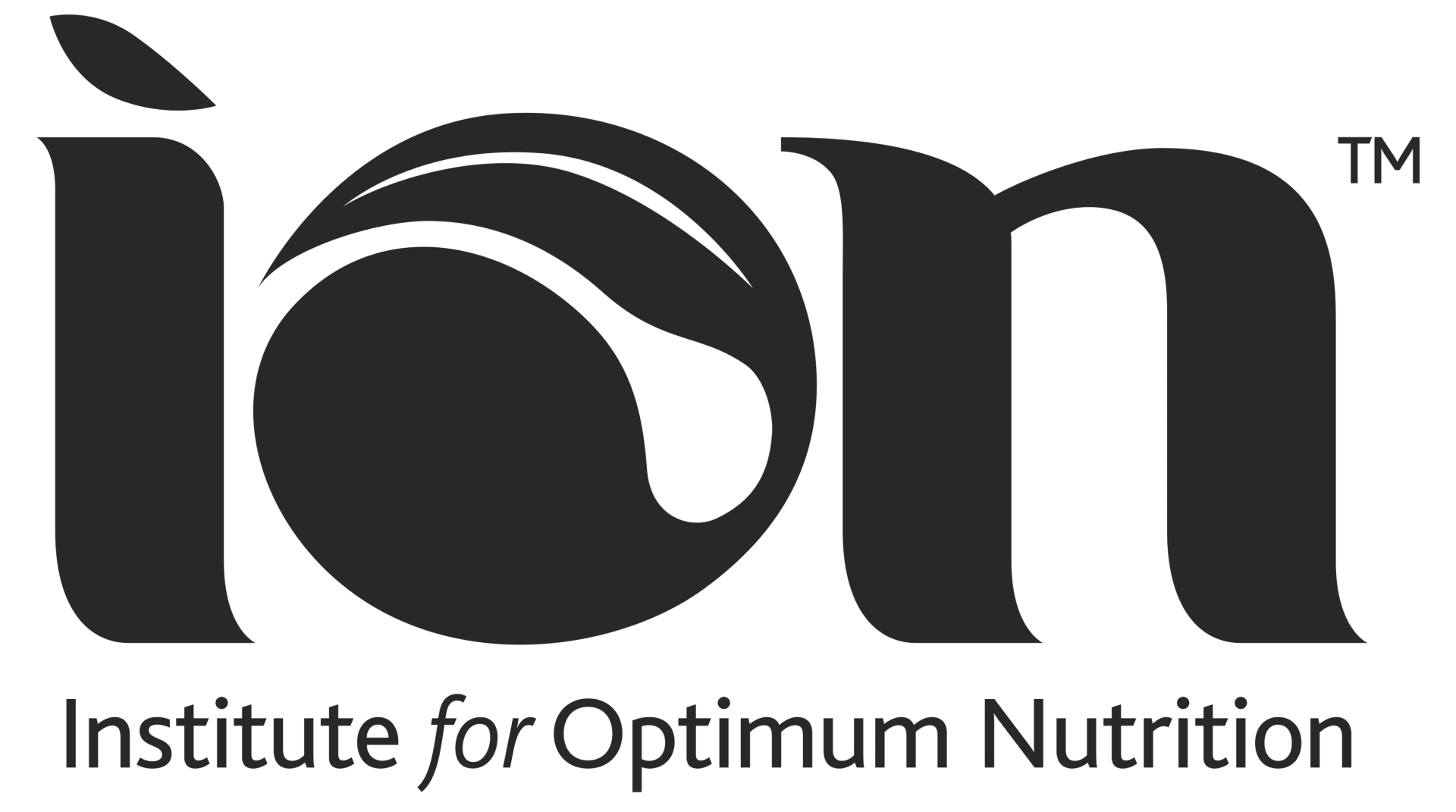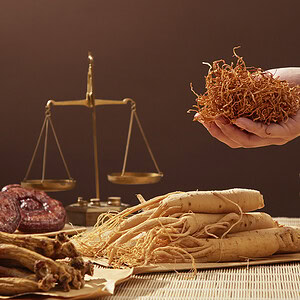How to ensure vegetarian and vegan children get the nourishment they need – by Henri Davy.
When children don’t eat meat or other animal products, the available array of readymade alternatives can be a gift. Yet when it comes to nutrition, these alternatives are not a direct swap.
For better or worse, they are just different; some of the more processed varieties may also contain ingredients that we don’t recognise or wouldn’t include in our own cooking, raising concerns about how well children will grow and thrive on a vegetarian or vegan diet.
A well-planned vegetarian or vegan diet, however, can support health at every age and life stage. But research finds that it’s the quality of food that’s important.
Just as it’s possible to eat meat and have an unhealthy diet, it’s possible to have an unhealthy plant-based diet.
One small study found health markers differed not with eating meat or plant-based food, but when participants were put on high or low quality versions of their respective diets.
Traditional vegetarian diets

If it seems impossible to feed your vegetarian or vegan child without relying on readymade sausages, burgers and pies, take comfort in the knowledge that some communities have followed vegetarian diets at least for hundreds, if not thousands, of years.
India is thought to have the lowest consumption of meat in the world, with millions of Indians following a vegetarian diet.
This is because, for many Indians, vegetarianism is deeply rooted in religion and culture.
Deepa Mer, a registered nutritional therapist and metabolic balance coach, explains that in present day India, the Hindu diet, for instance, varies depending on the region, community and religious caste to which people belong.
Hindu texts forbid eating beef because the cow is considered sacred, but some Hindus will eat chicken, fish or goat.
The most common diet, however, is ovo-lacto vegetarian, in which eggs and dairy “form a very important part of the diet”.
Milk, yoghurt and paneer (cheese) are widely consumed, and children tend to have a diet rich in rice, wheat, vegetables, lentils, legumes and eggs, accompanied by the generous use of spices.
“It’s the norm for children to consume home cooked meals and carry home lunches,” says Mer, adding that processed foods are more of an issue with adult populations.
What to include in a vegetarian diet

Even if your child is not a fan of spicy food, pulses can help to support their nutrition.
These include store cupboard staples such as kidney beans, butter beans, pinto beans and even the humble baked bean. Lentils of all colours make the cut, as do chickpeas, broad beans and runner beans.
These are all good sources of vitamins, minerals, fibre, protein, and complex carbohydrate, helping to deliver slow and steady energy.
Not forgetting the practicalities, they are also cheap and versatile, and the variety of textures is another bonus when catering for a younger audience.
However, whilst a wide selection of vegetables and fruit is something that will benefit everyone, registered nutritional therapist Karine Stephan urges parents to ensure their children are also getting enough energy.
“[Parents] can sometimes offer too many raw fruits and vegetables, which are low calorie density and too much roughage [fibre], especially for young children.”
She recommends offering a diverse range of whole plant foods, including pulses, grains, nuts and seeds, in addition to fruit and vegetables.
Highly processed foods
With the best will in the world, however, it is not always possible to cook from scratch. Readymade products are convenient, often tasty, and may also be fortified with essential nutrients.
Read the label and compare brands because some products will have fewer (or even no) unrecognisable ingredients.
Try to avoid too many products that contain sunflower oil, thickeners, fillers, emulsifiers, stabilisers and sugar (such as fruit juices, words ending in -ose and maltodextrin).
With careful planning, parents can ensure there are no nutritional deficiencies when excluding animal products from their children’s diets.
Whilst a registered nutritional therapist will be able to advise on supplementing, simply shopping wisely and cooking whole foods can contribute to an exciting and nutritious plant-based menu.
Nutrient checklist
Protein is essential for muscle growth and repair, including for internal organs. Vegetarians can get complete protein from eggs and dairy. Protein can also be obtained from pulses (such as lentils and chickpeas), chia seeds, quinoa, amaranth, tofu, tempeh and quorn.
Naturally present in animal sources, vitamin B12 is in its most concentrated form in animal liver and, to a lesser extent, fish, eggs and cheese. For vegans, supplementation is likely to be essential. B12 is important for growth and development, and has many physiological functions.
Found in seafood and dairy, iodine is another micronutrient that may need to be topped-up. However, some plant-based milks are fortified with iodine, and it’s also present in seaweed such as nori. Iodine is needed to support thyroid function, which have a major role in controlling growth, development and metabolism.
Iron is important but extracting it from food is a challenge for the body — even more so from vegetarian sources. Iron absorption can be supported by pairing the iron-containing food with a source of vitamin C. Iron is needed to make haemoglobin. Signs of deficiency can include pale skin, tiredness, poor appetite, slow growth and development, and behavioural problems.
Healthy fats are essential for growth and development. Plant sources of unsaturated or essential omega-3 fatty acids include avocado, nuts and seeds, and Stephan also recommends an algae-based omega-3 EPA/DHA supplement. These fats are vital for the development of a healthy brain and nervous system.
Regardless of what’s on the dinner table, the NHS currently advises vitamin D supplementation from September to March at least. Vitamin D is essential for healthy bones, regulating calcium, and immune health. Signs to look out for include bone pain, impaired growth and muscle cramps.
What to do:
-
Include pulses, grains, nuts and seeds in the diet, as well as fruit and vegetables.
-
Avoid lots of highly processed vegan products containing lots of unrecognisable ingredients.
-
Pay attention to key nutrients, and consider supplementation.
Enjoyed this article?
Check out this article on whether veganism is good for you
For articles and recipes subscribe to Optimum Nutrition
Discover our courses in nutrition






